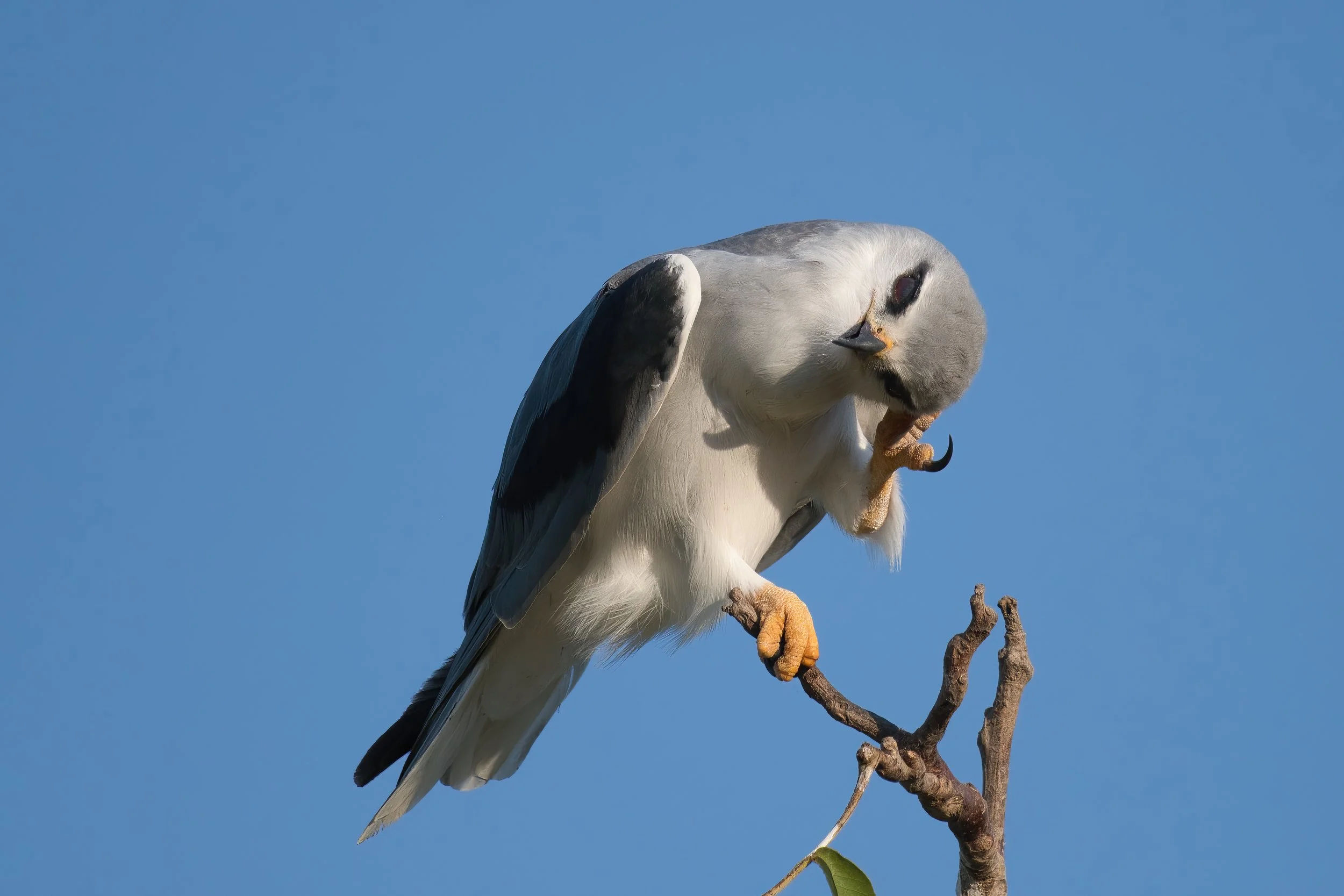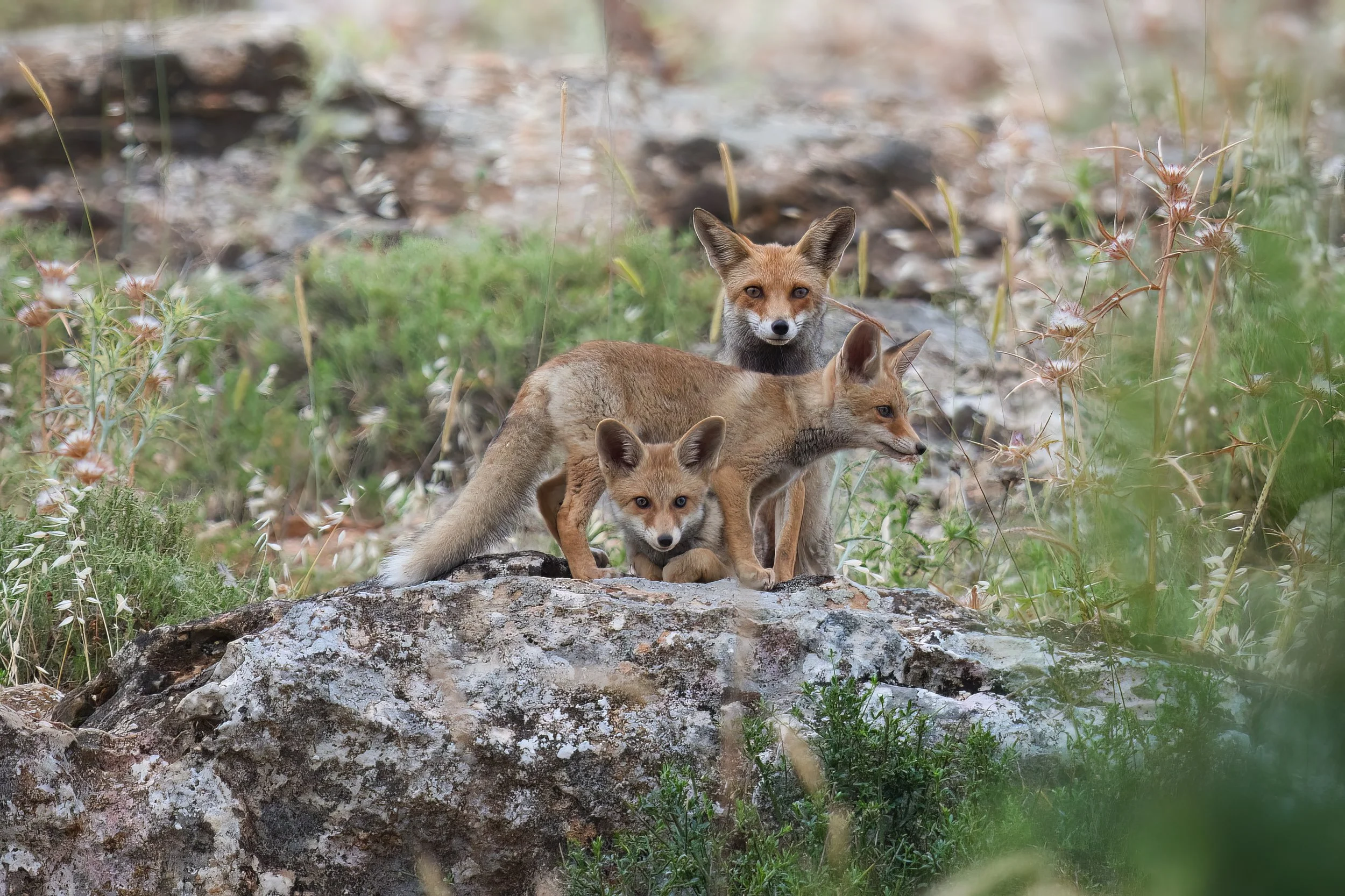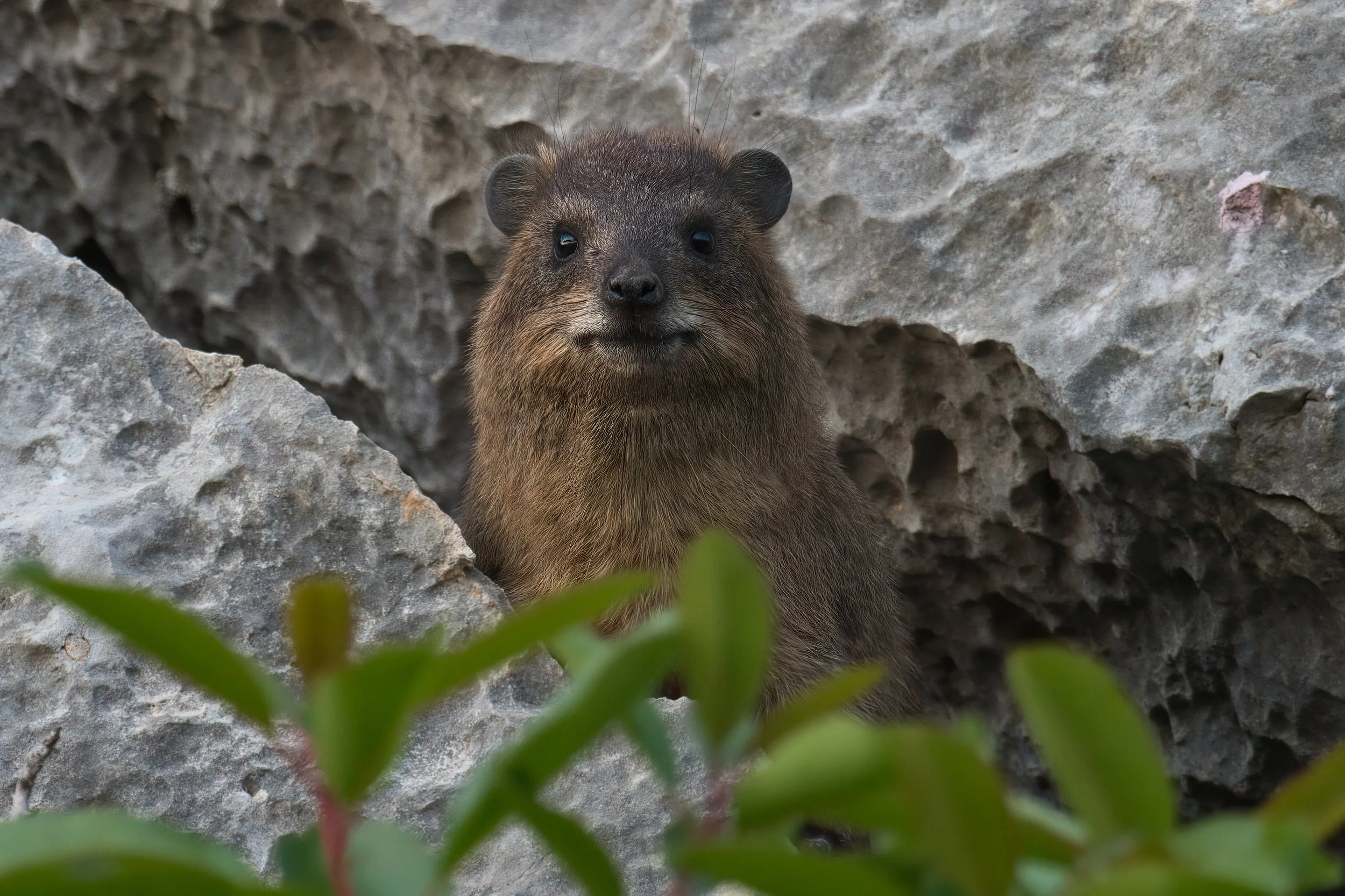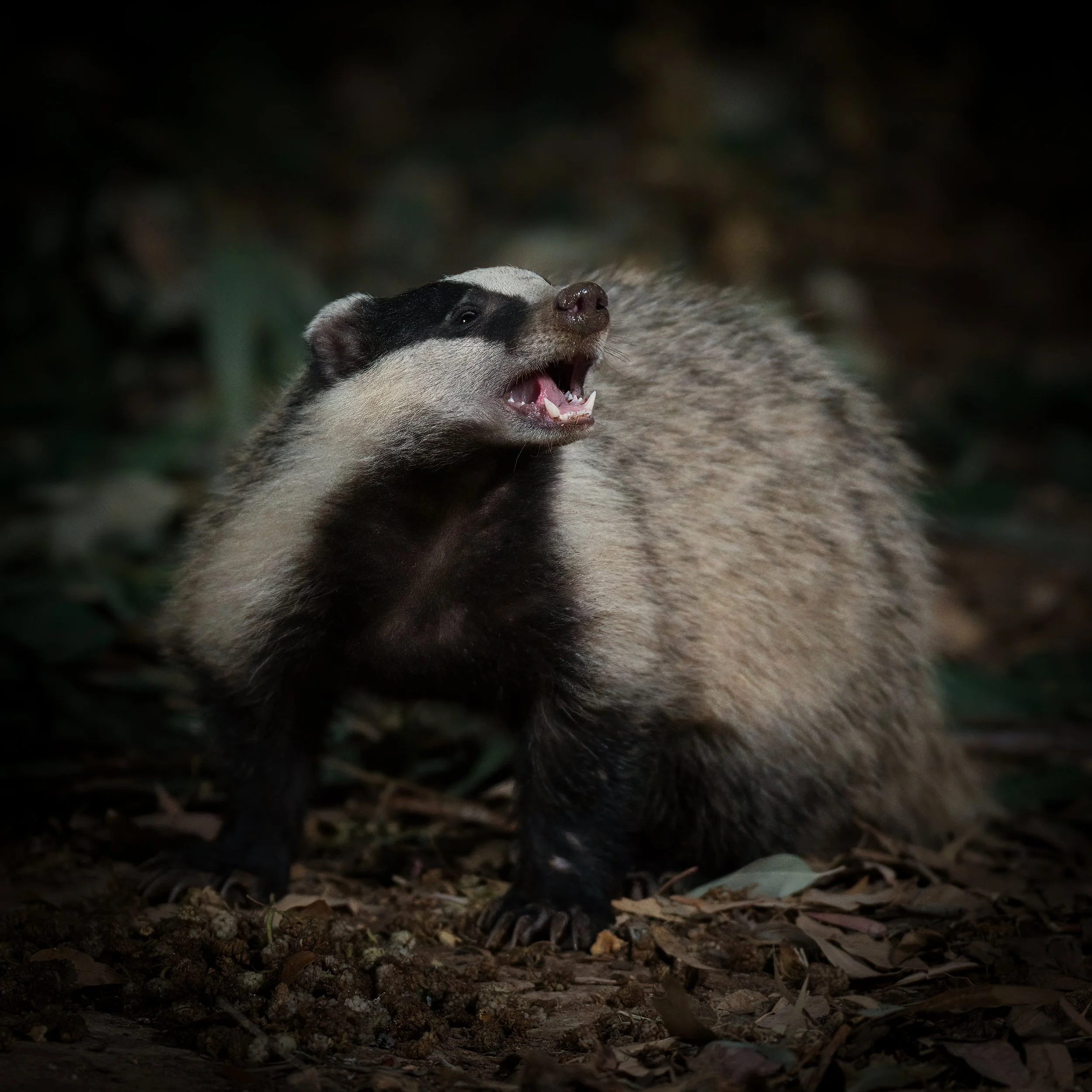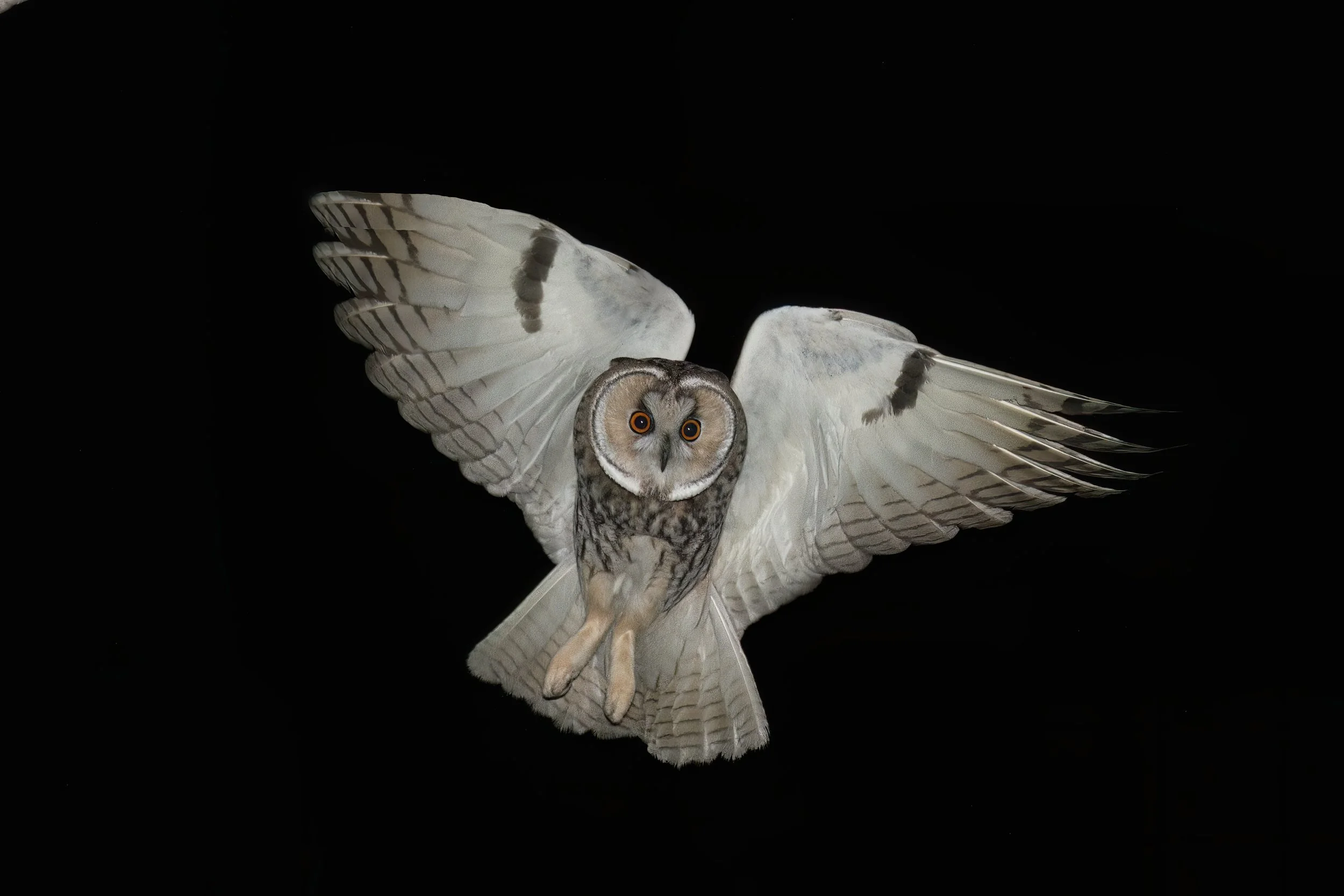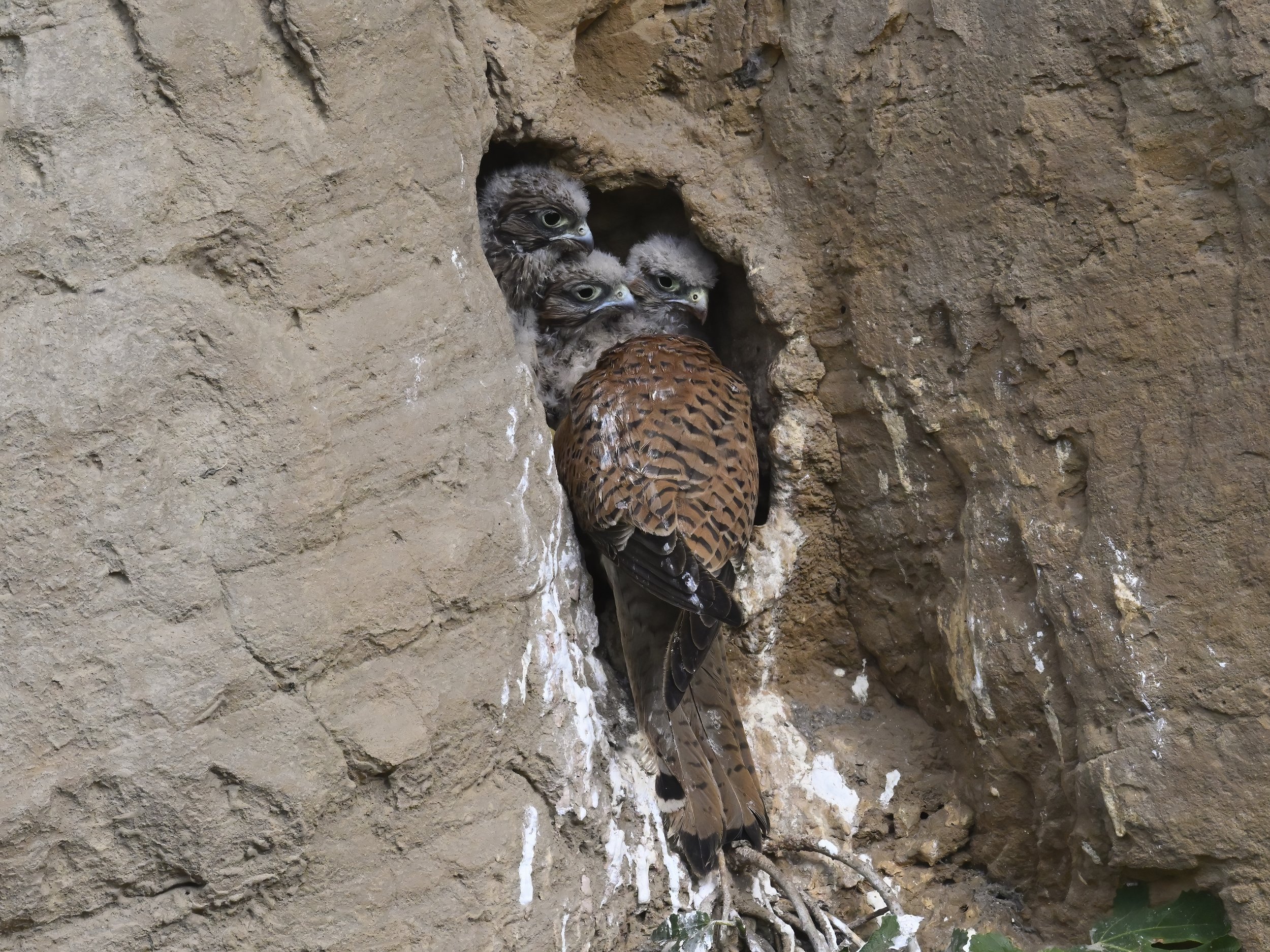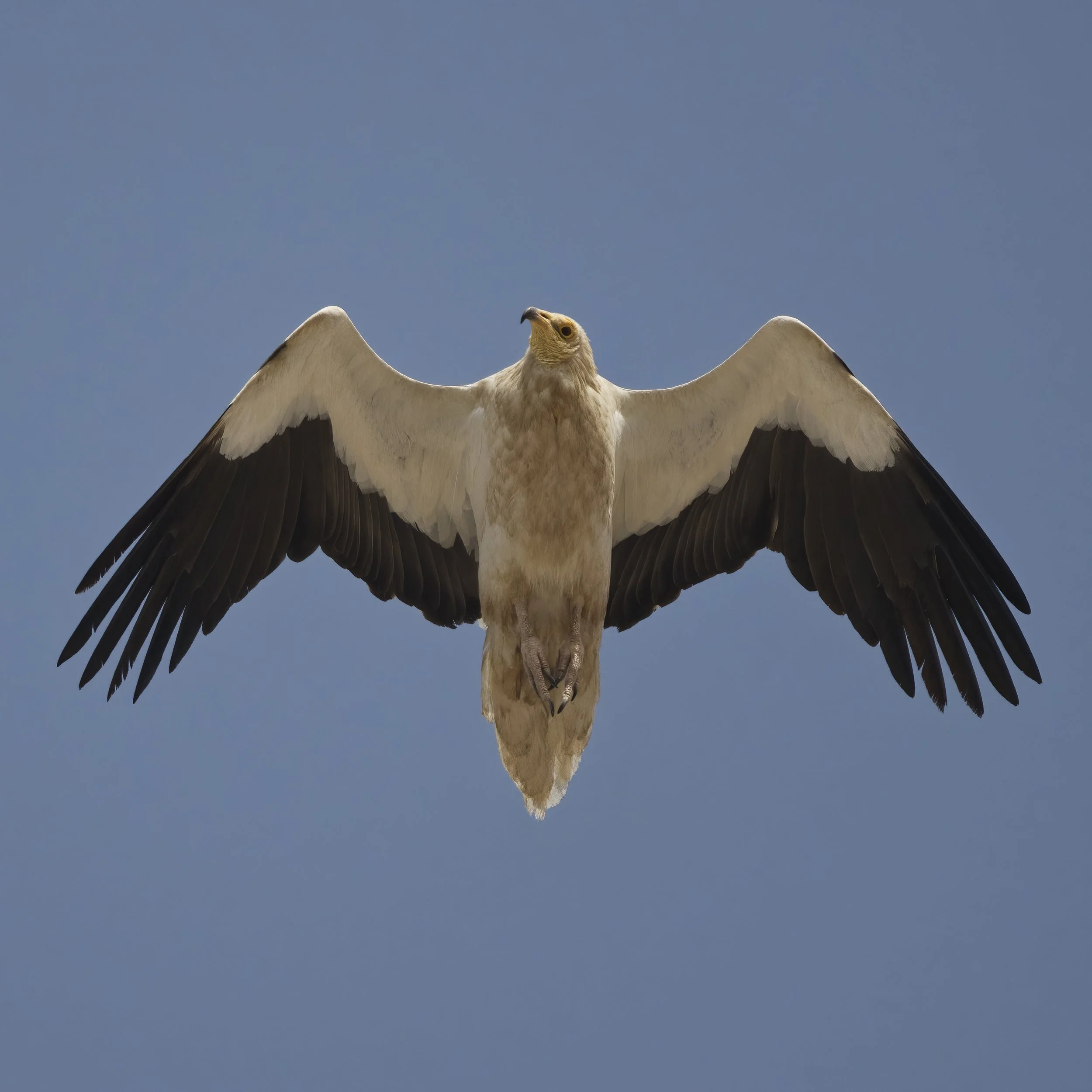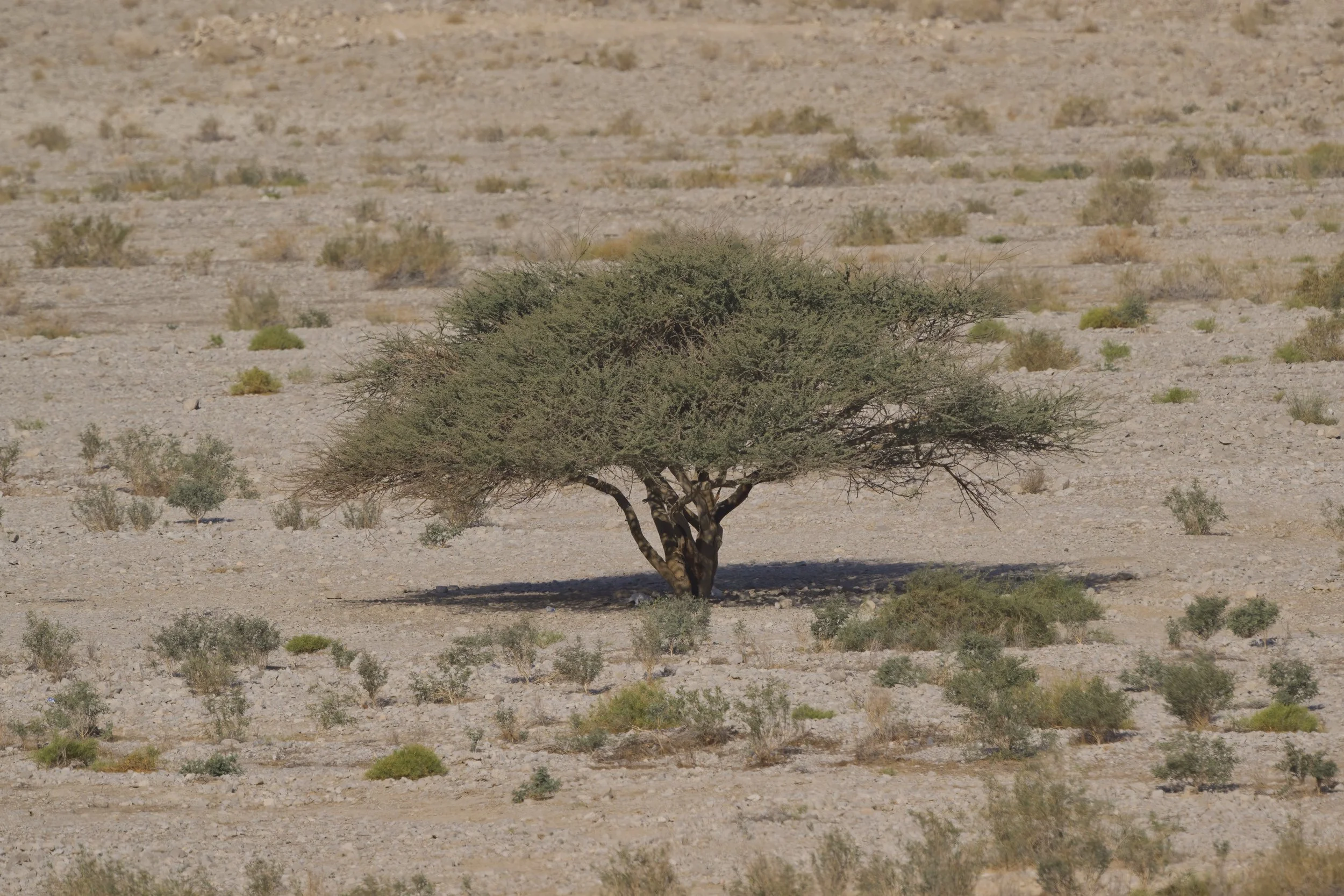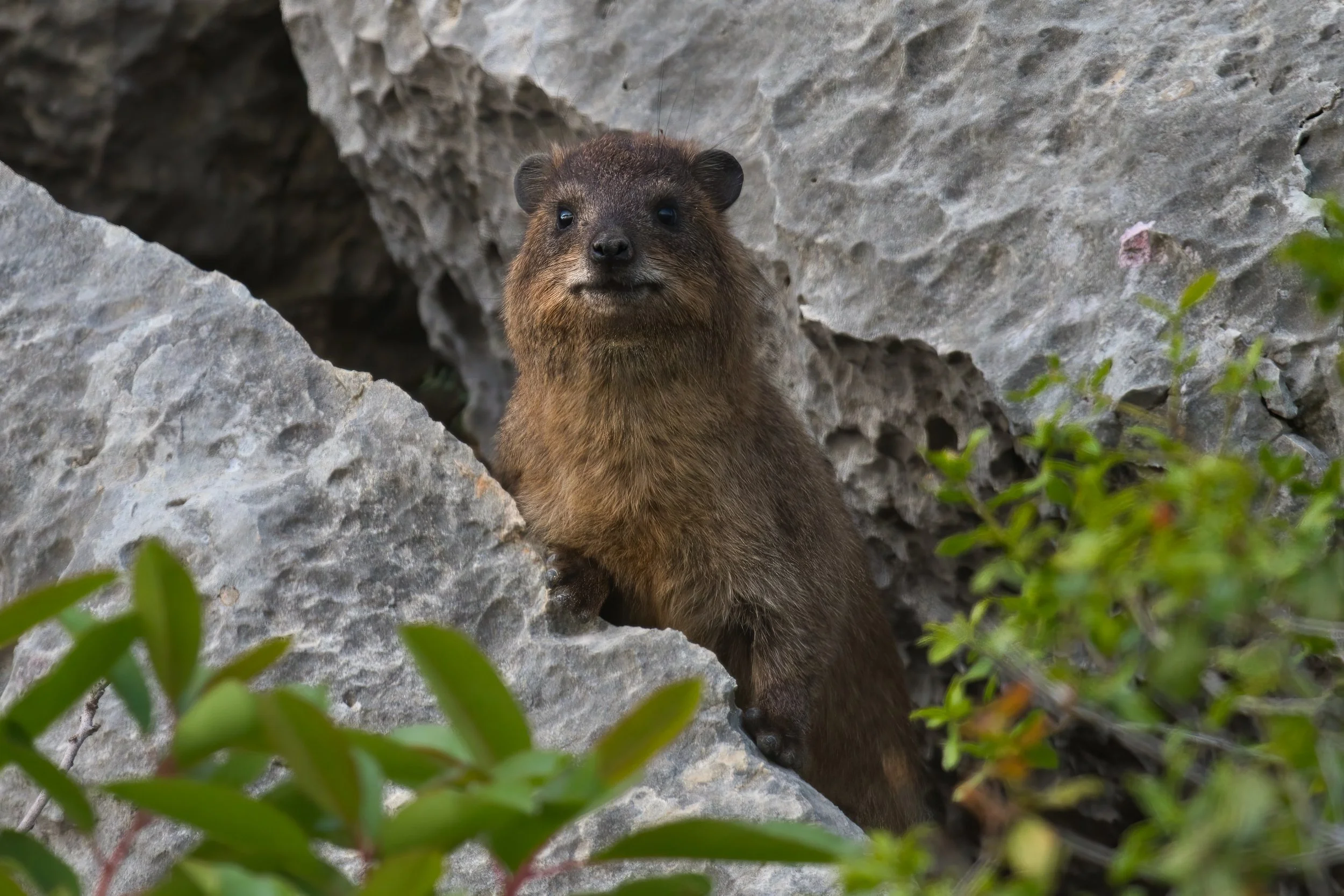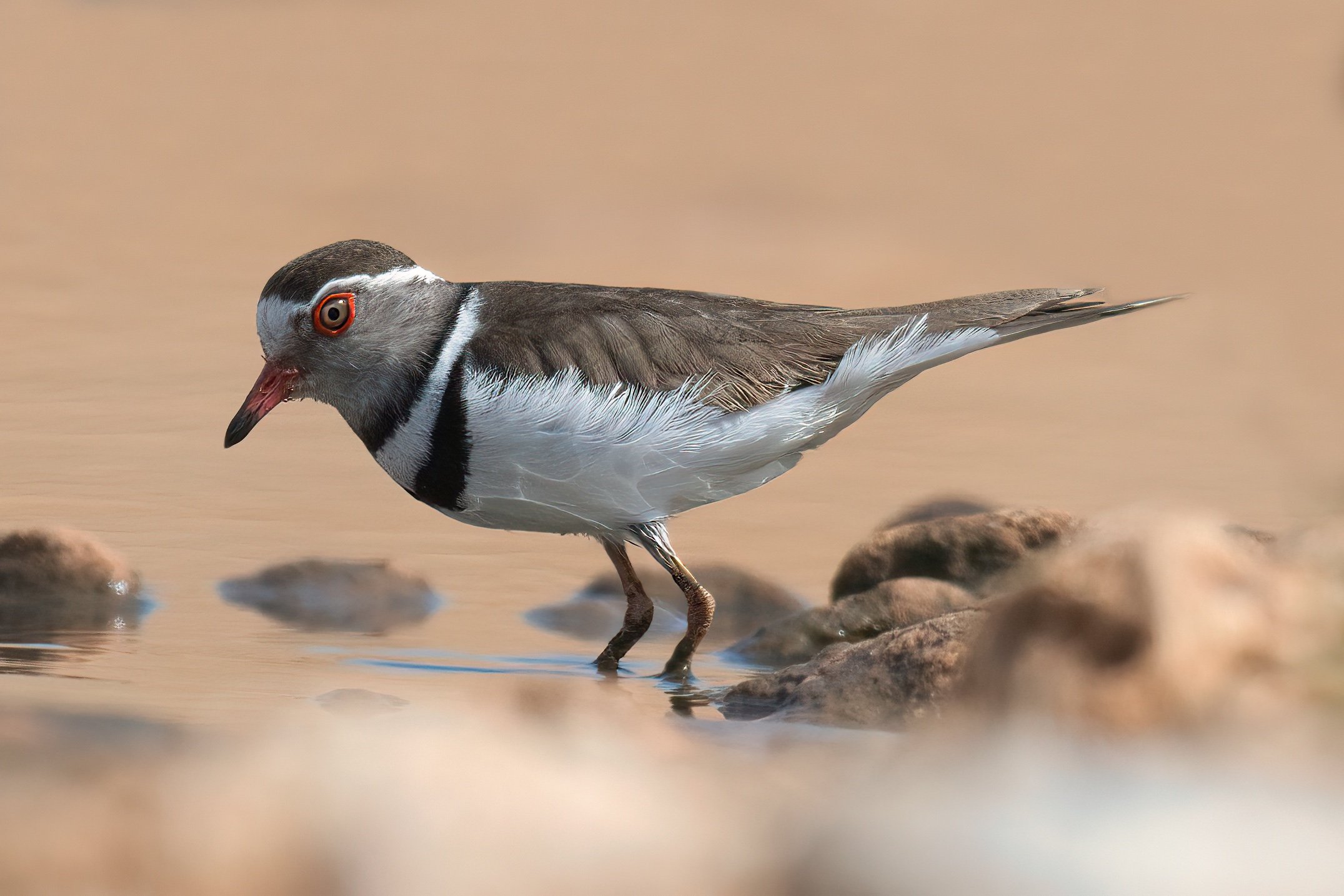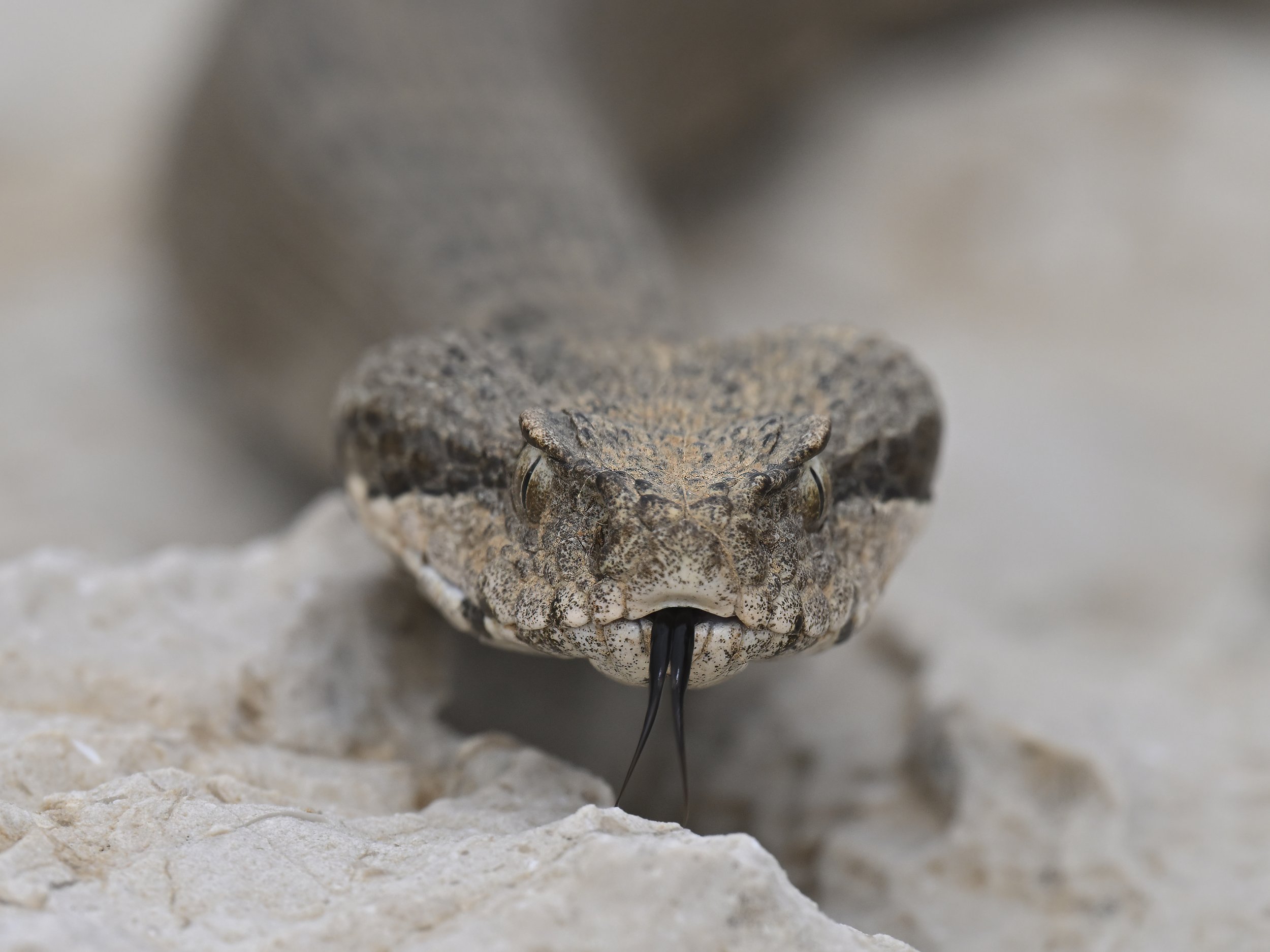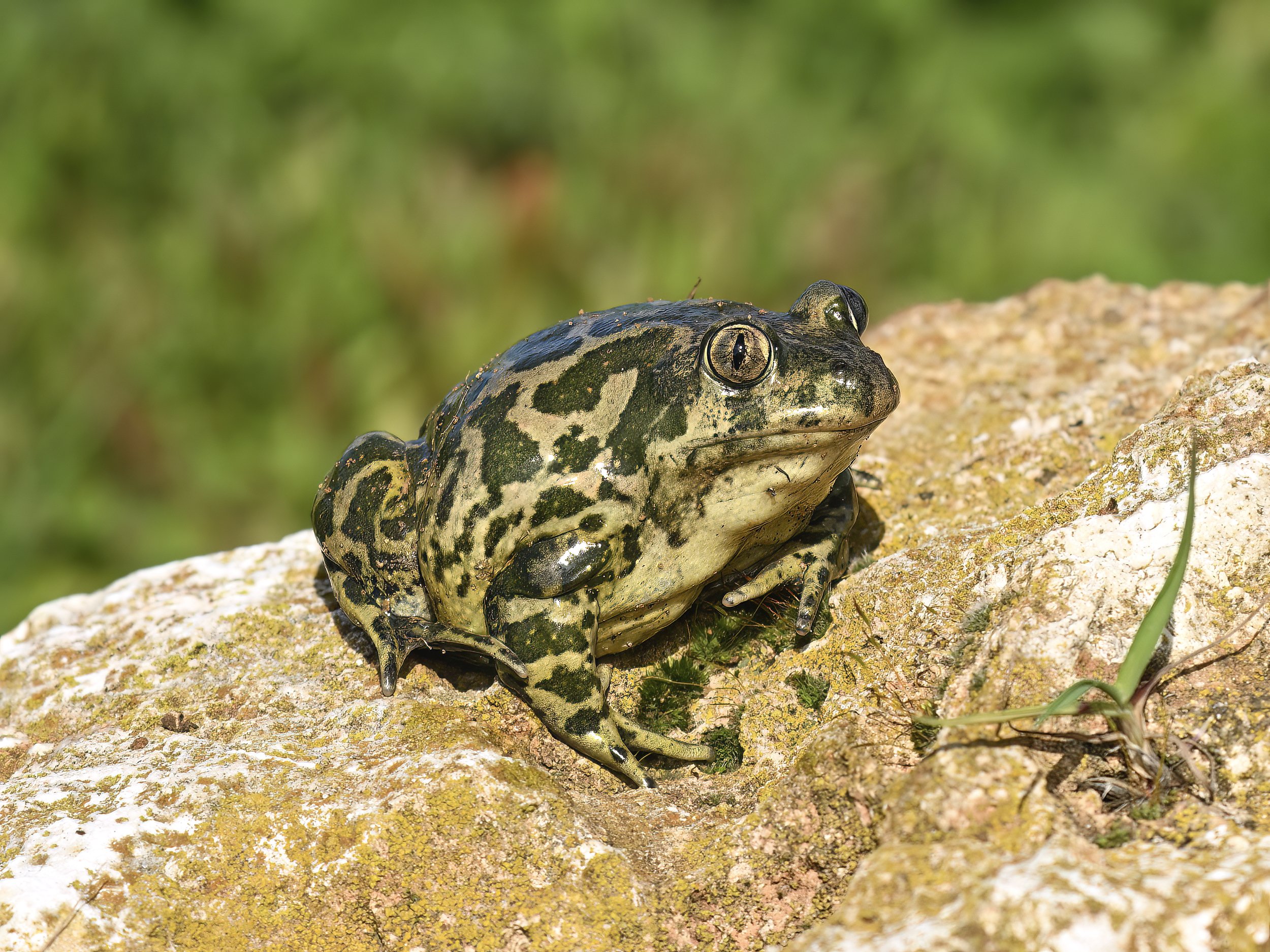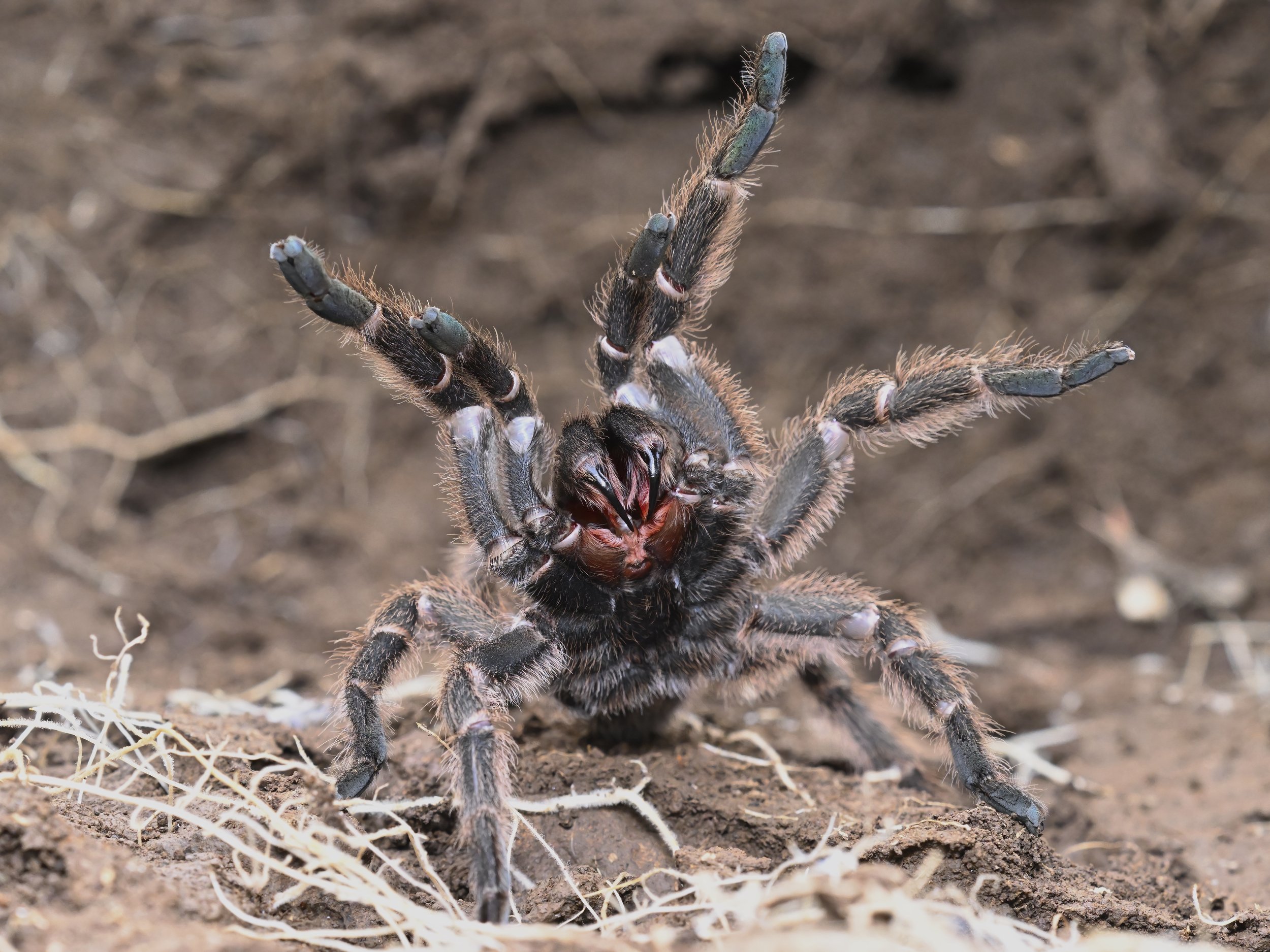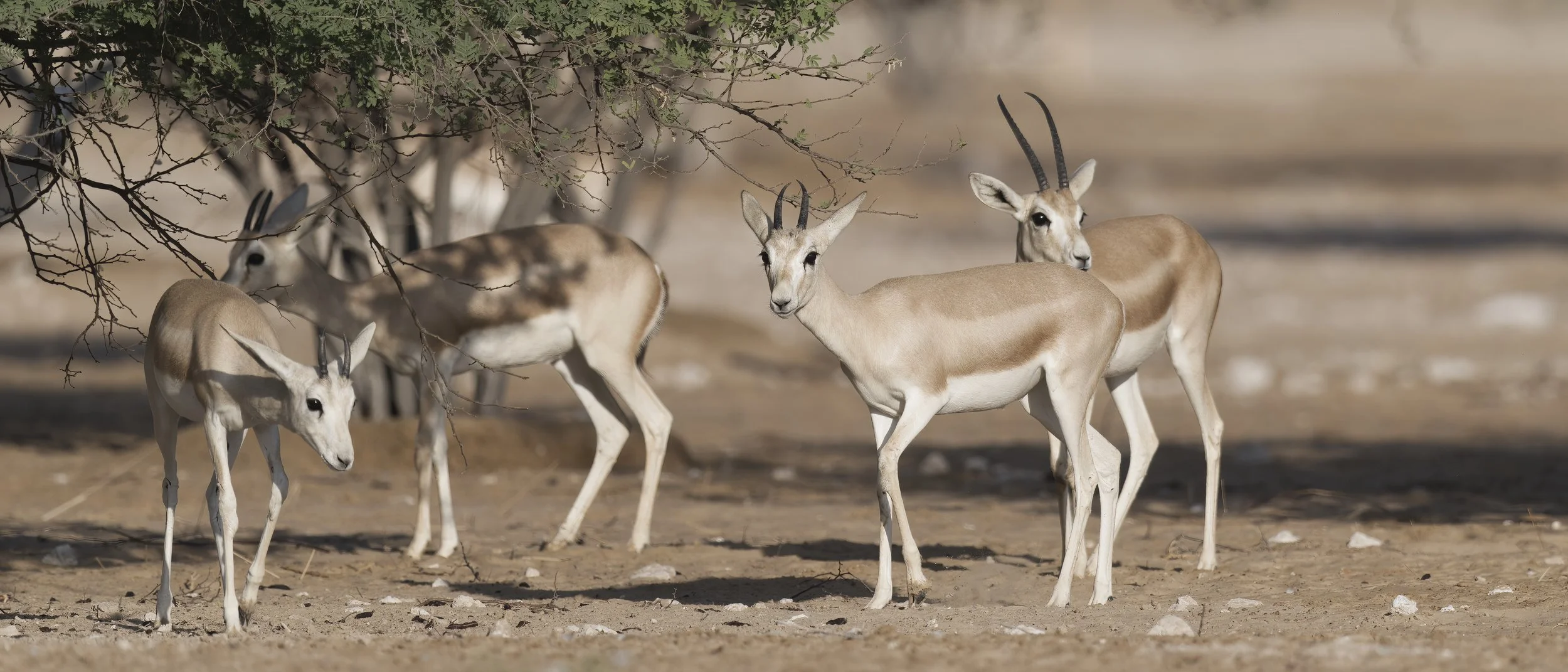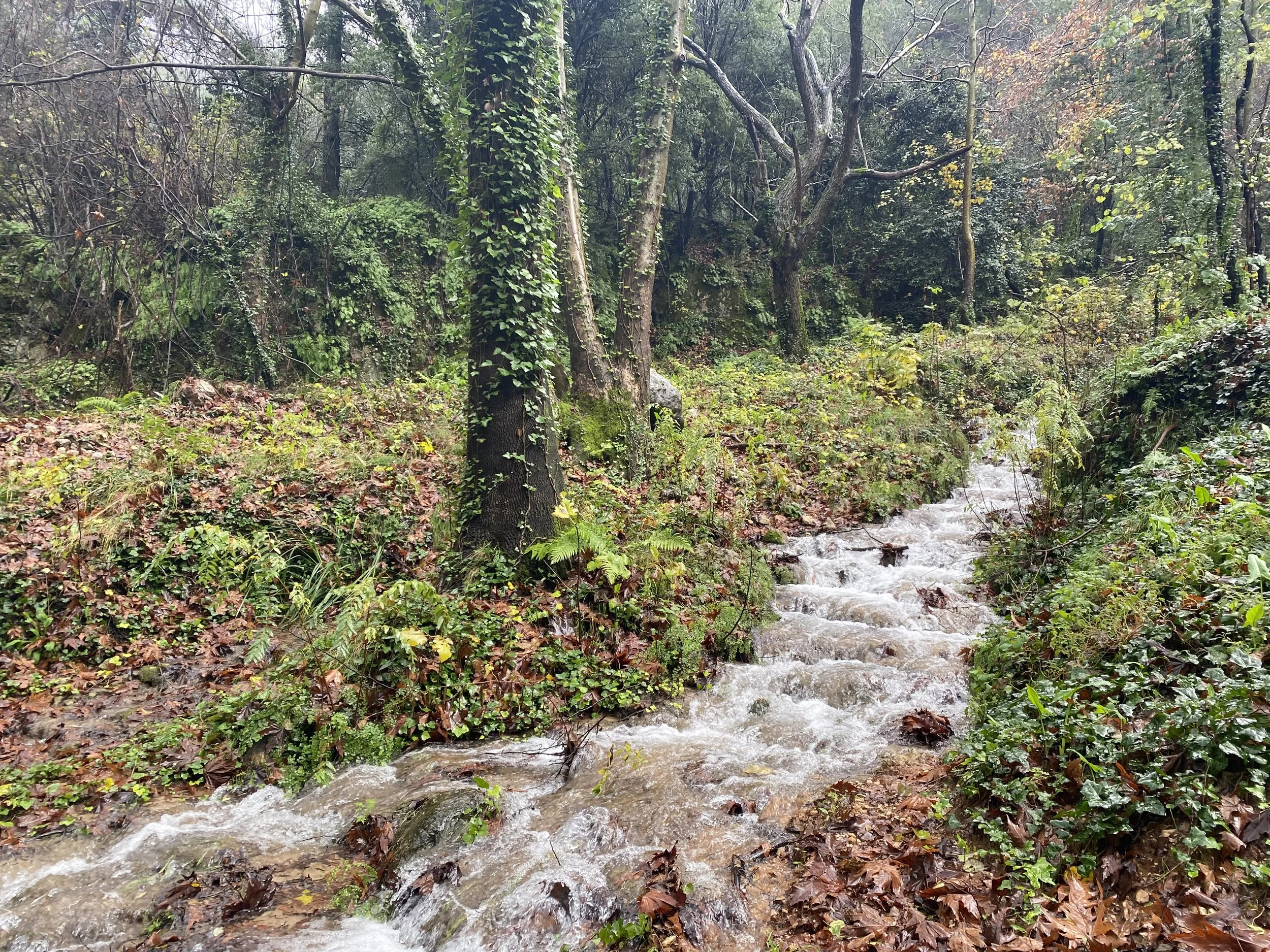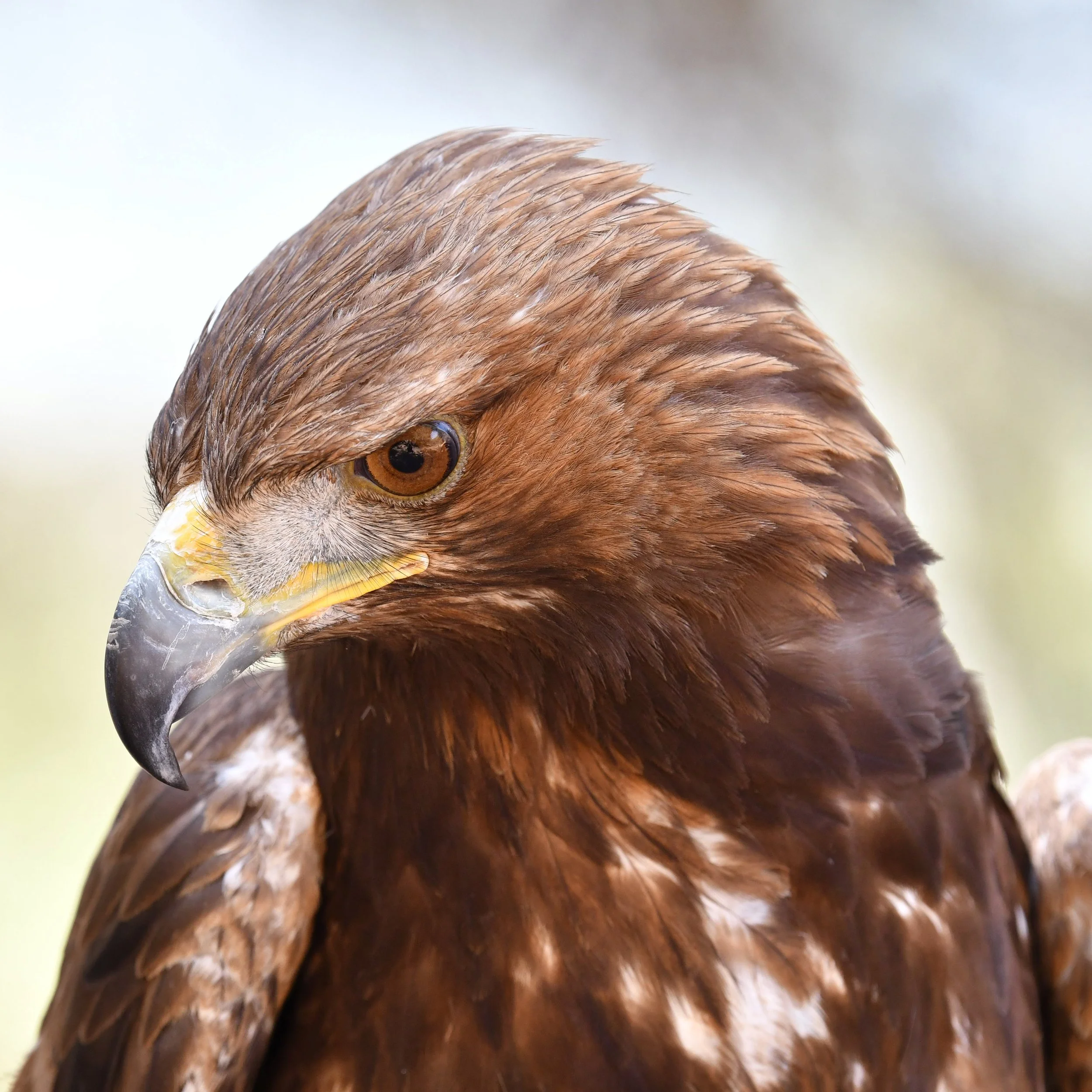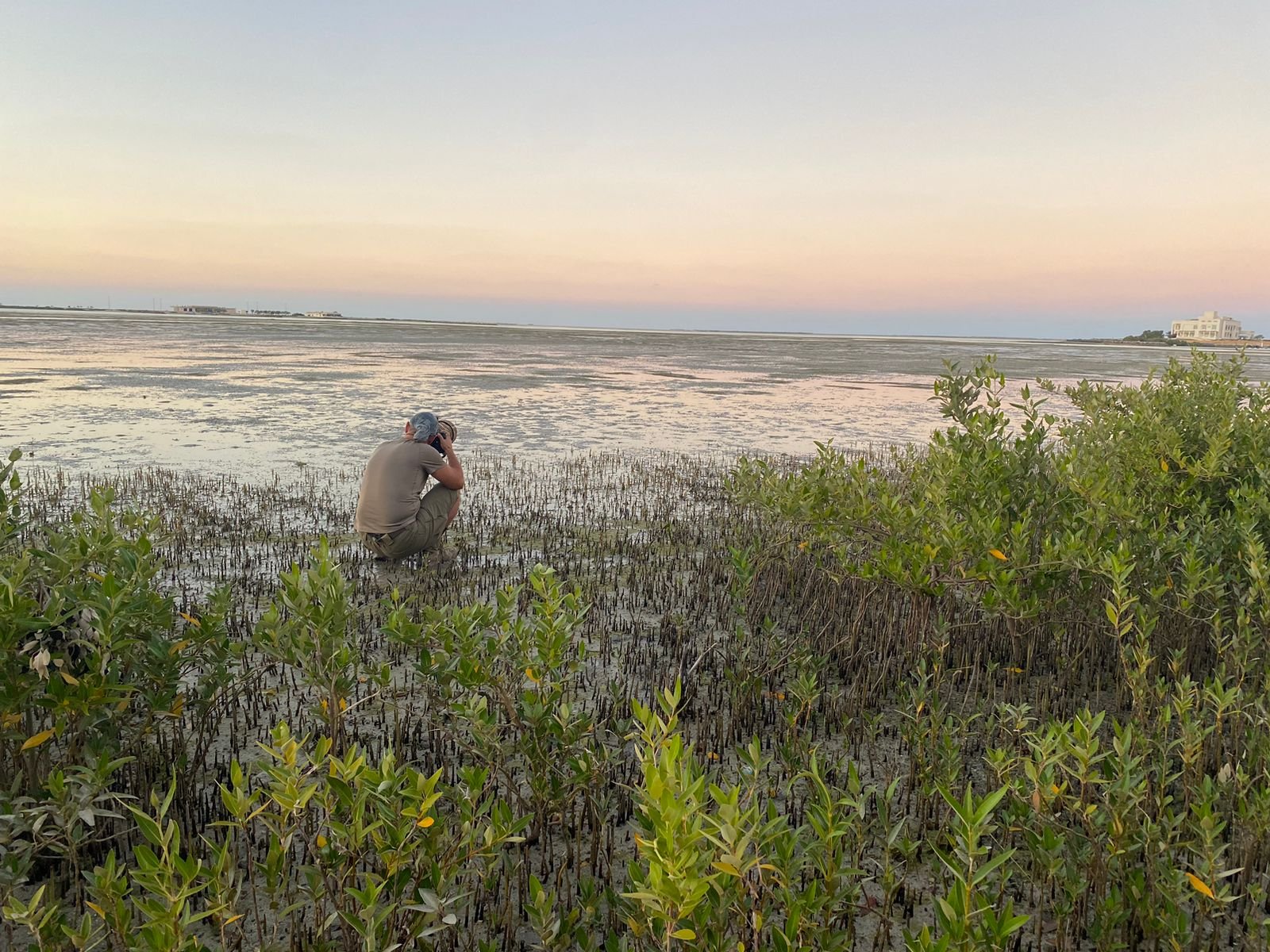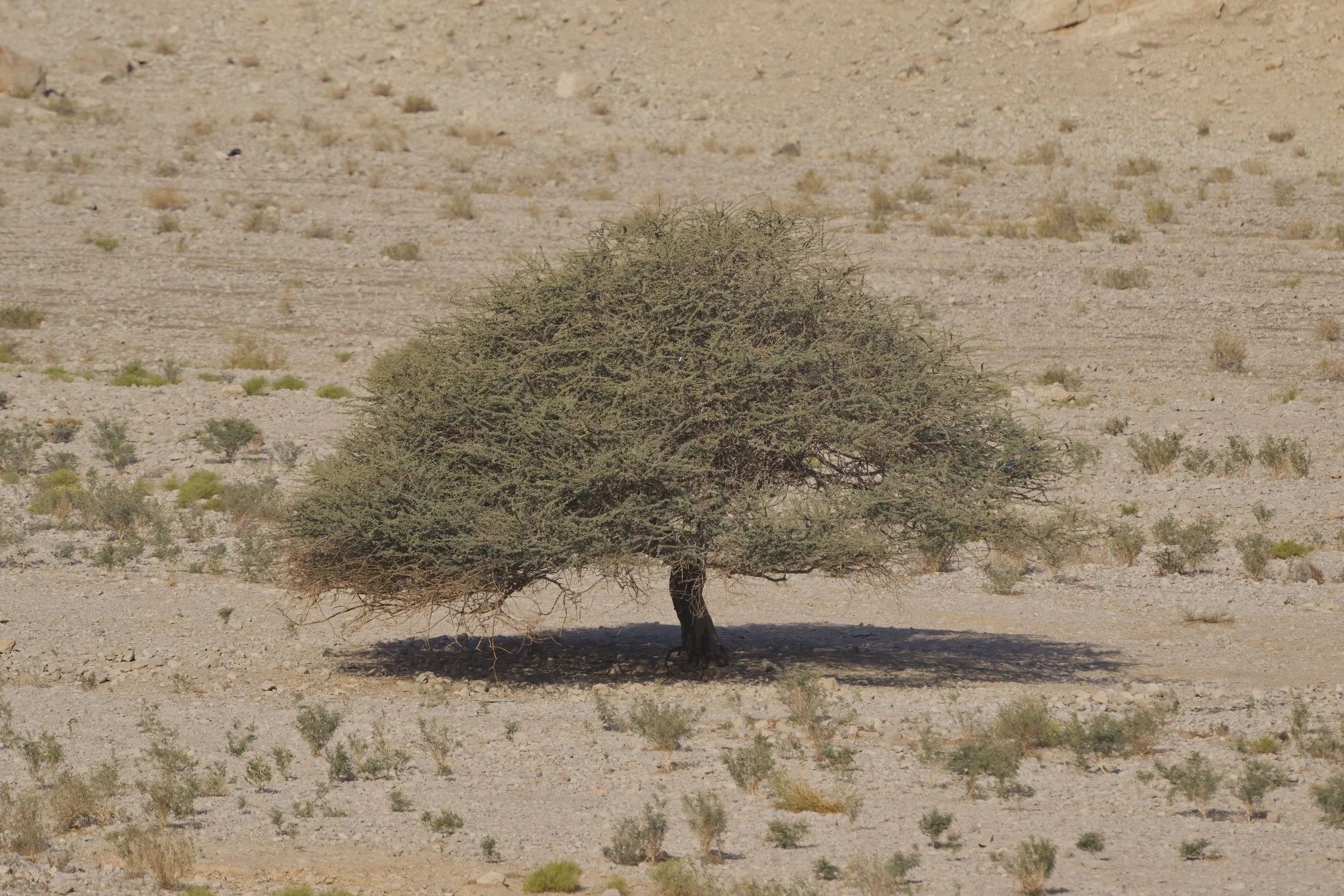Stone Marten / النمس (Martes foina) **
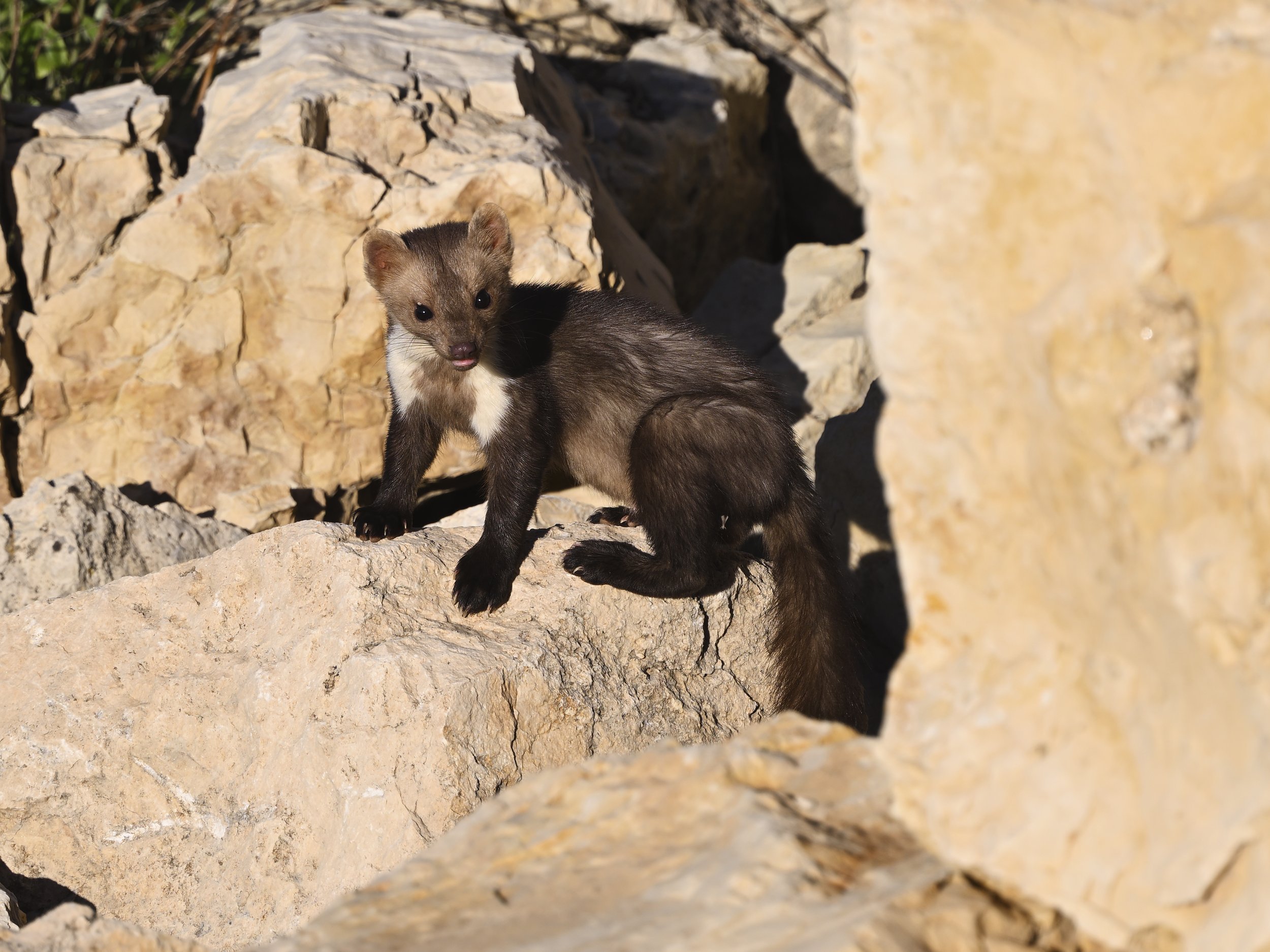
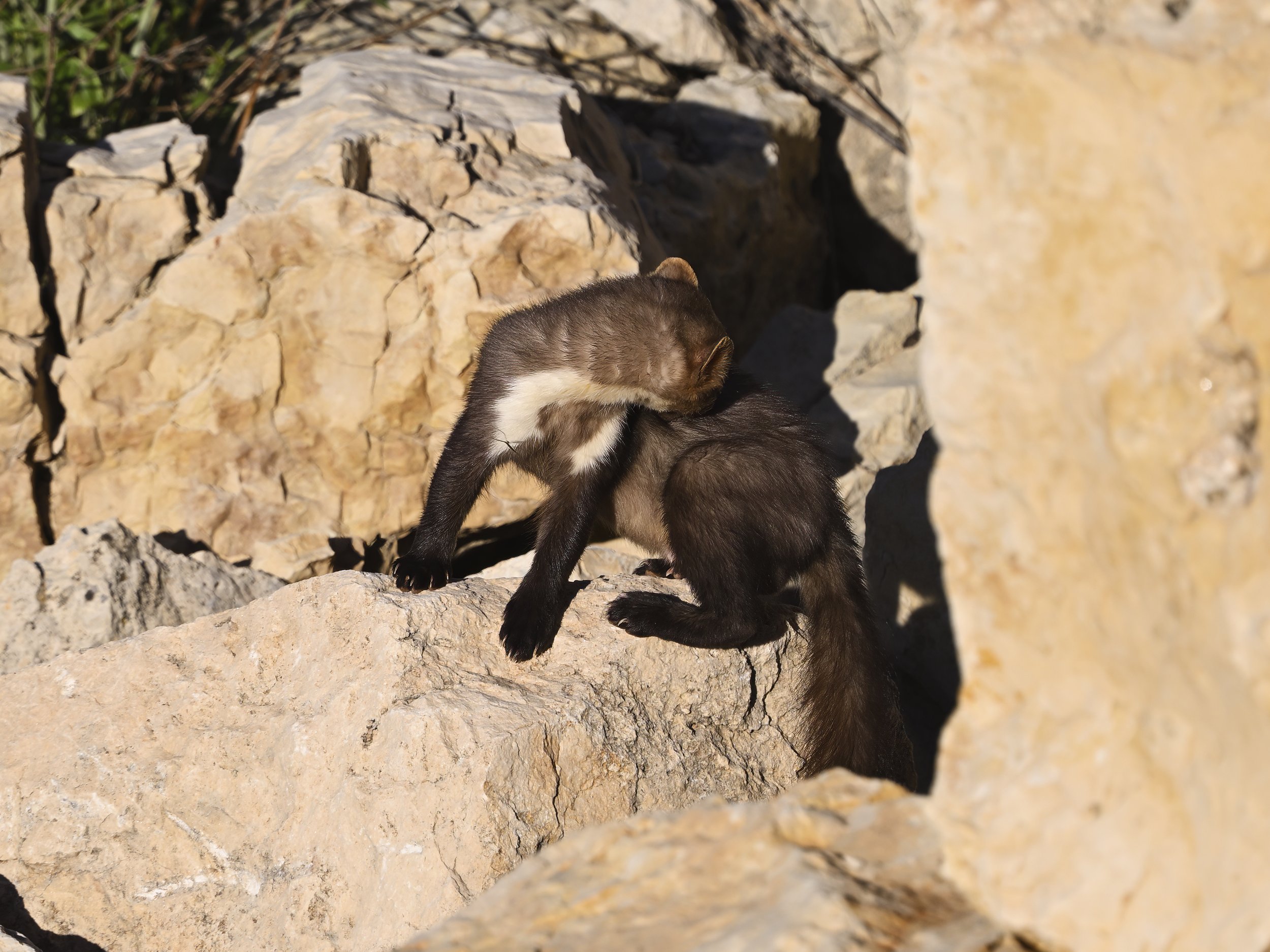

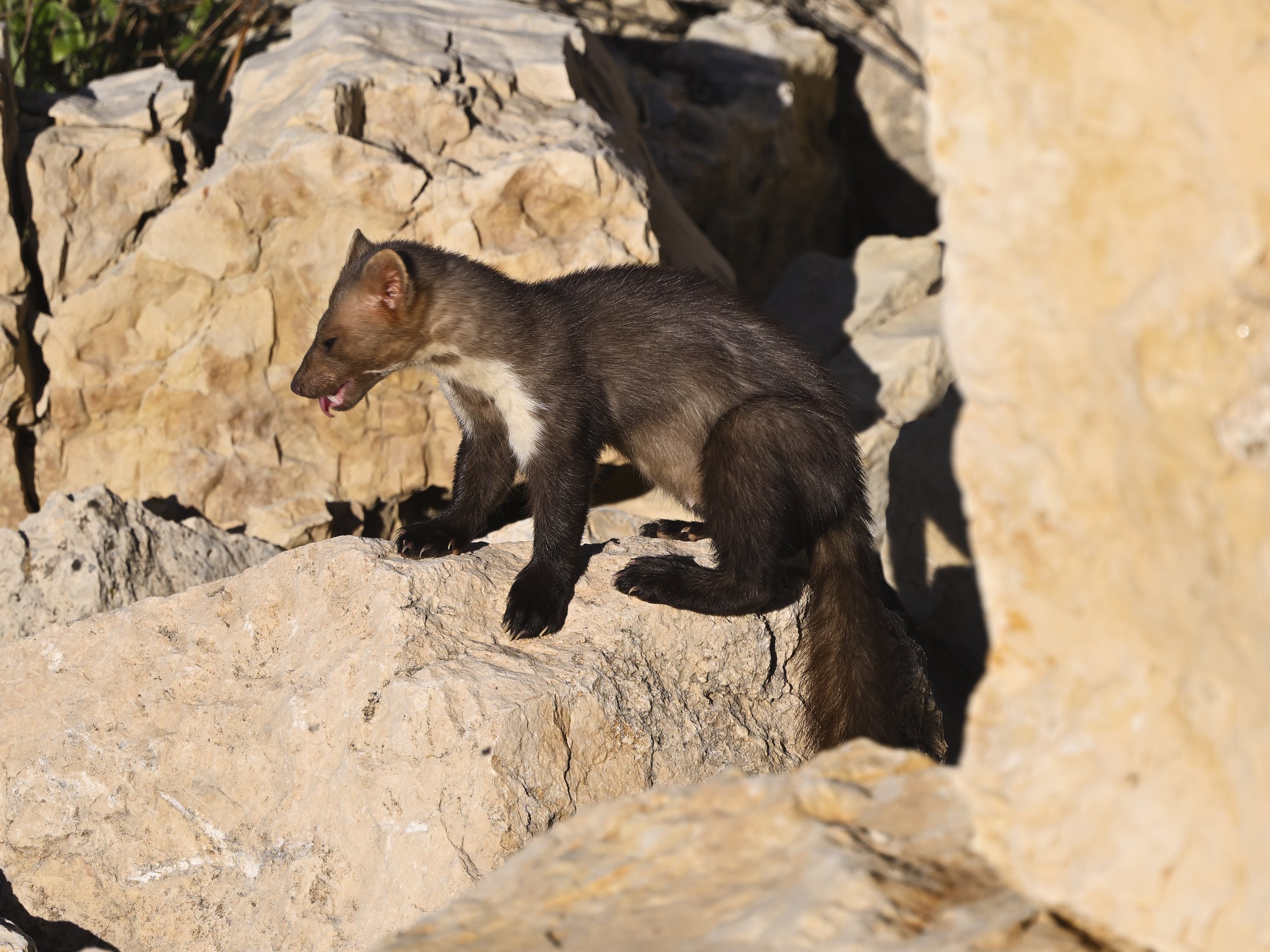
The Stone Marten, also known as Martes foina or النمس, is a medium-sized carnivorous mammal renowned for its sleek appearance. It typically measures between 40 to 55 centimeters in body length, with its tail adding an additional 25 to 30 centimeters. This agile creature weighs around 1 to 2 kilograms. Its fur is characterized by a glossy brown coat with a distinctive cream-colored throat patch, lending it a striking and identifiable appearance in its natural habitats across Europe, Asia, and North Africa.
Stone Martens (Martes foina) are highly adaptable in their choice of habitat, which includes deciduous and mixed forests, open woodlands, and rocky areas. They are also frequently found near human settlements, including rural and urban areas, where they may take advantage of buildings for shelter and food resources. Stone martens are excellent climbers and often reside in hollow trees, rock crevices, and abandoned buildings. Their adaptability to different habitats is one of the reasons for their wide distribution across Europe and parts of Asia.
The diet of the Stone marten (Martes foina) is highly varied, reflecting its opportunistic and omnivorous nature. These adaptable creatures primarily feed on small mammals, such as rodents, but they are not strictly carnivorous. They also consume birds, eggs, insects, and carrion when available. Additionally, stone martens are known to eat fruits, berries, and other plant matter, especially in autumn when these are abundant. This diverse diet allows them to thrive in a wide range of environments and seasons, making them resilient to changes in food availability.
In nature, Stone Martens play a crucial role in maintaining ecological balance. As predators of small mammals and insects, they help control the populations of these species, which can influence the dynamics of the ecosystems they inhabit. Their scavenging habits also aid in the decomposition process by consuming carrion. Moreover, by dispersing seeds through their consumption of fruits and berries, stone martens contribute to the propagation of various plant species, enhancing biodiversity. Their interactions within the food web underscore their importance in fostering healthy and balanced ecosystems.
| NOT EVALUATED | DATA DEFICIENT | LEAST CONCERN** | NEAR THREATENED | VULNERABLE | ENDANGERED | CRITICALLY ENDANGERED | EXTINCT IN THE WILD | EXTINCT |
|---|---|---|---|---|---|---|---|---|
| NE | DD | LC | NT | VU | EN | CR | EW | EX |


